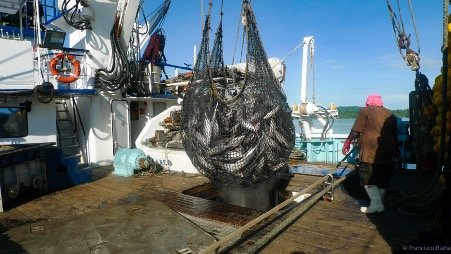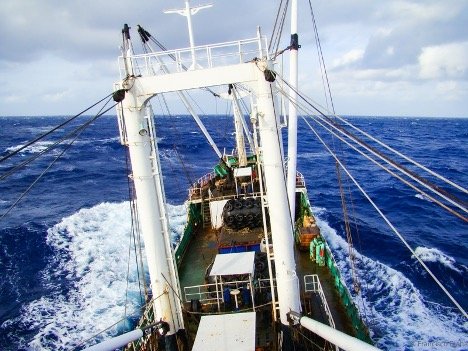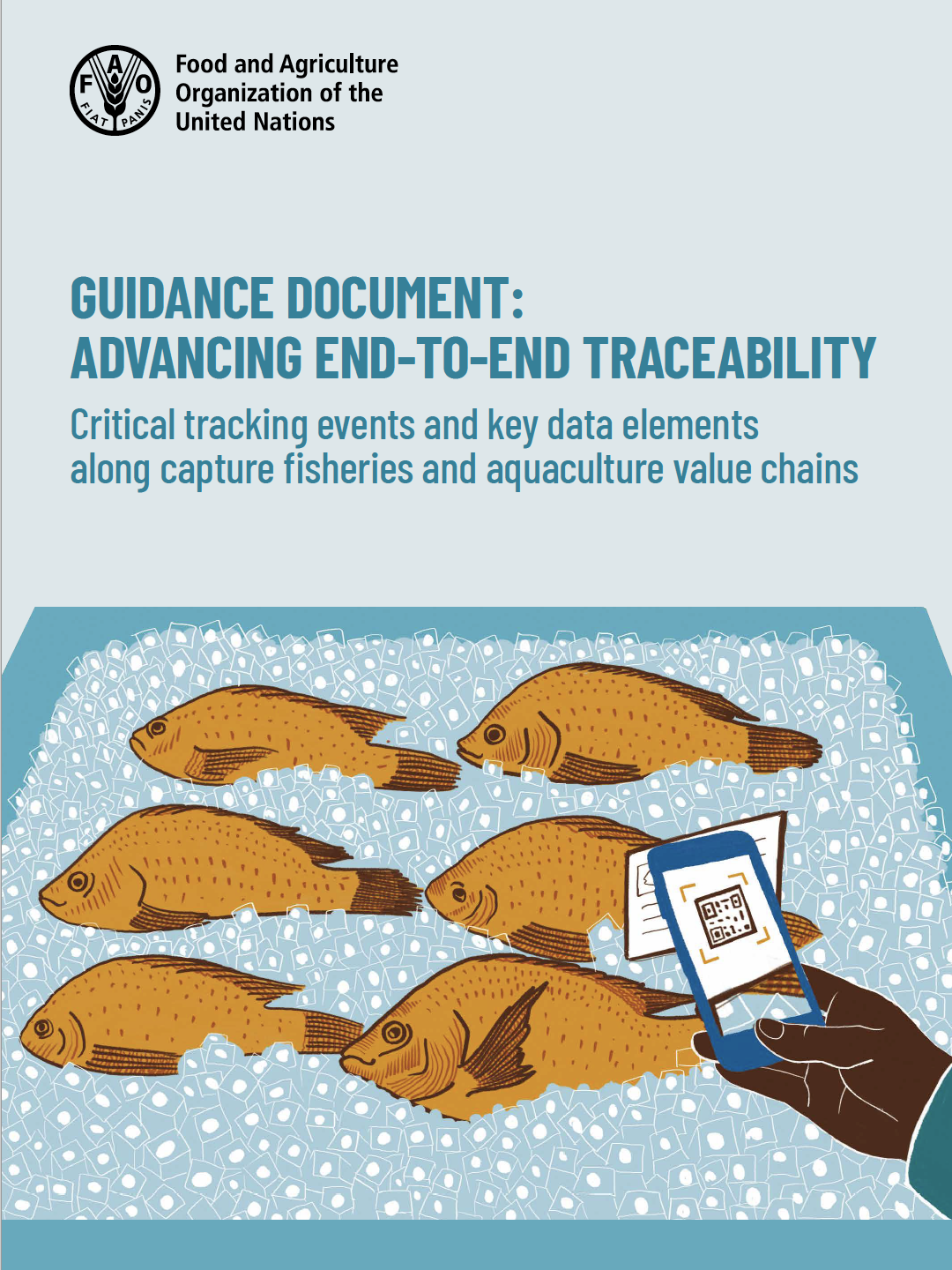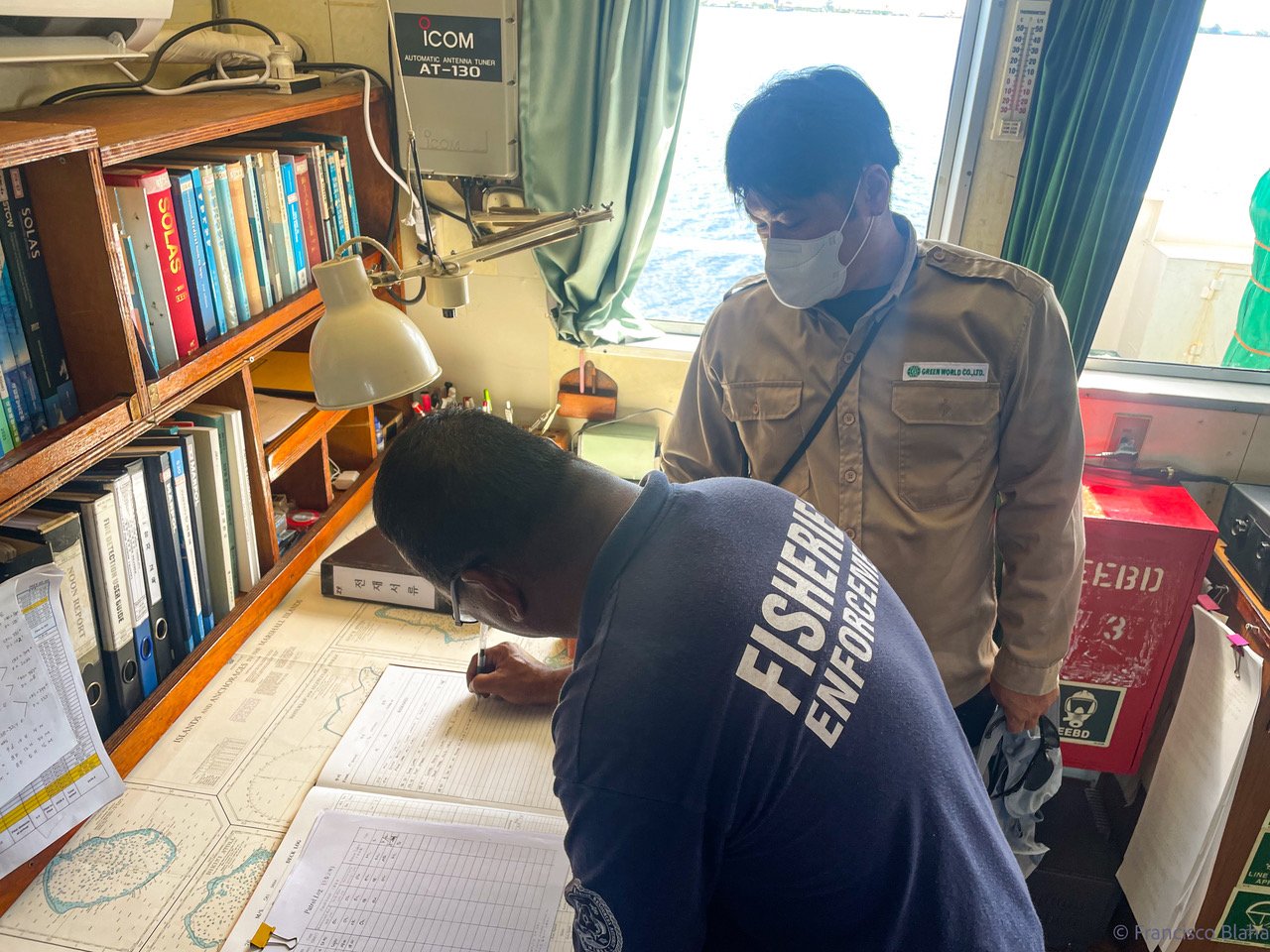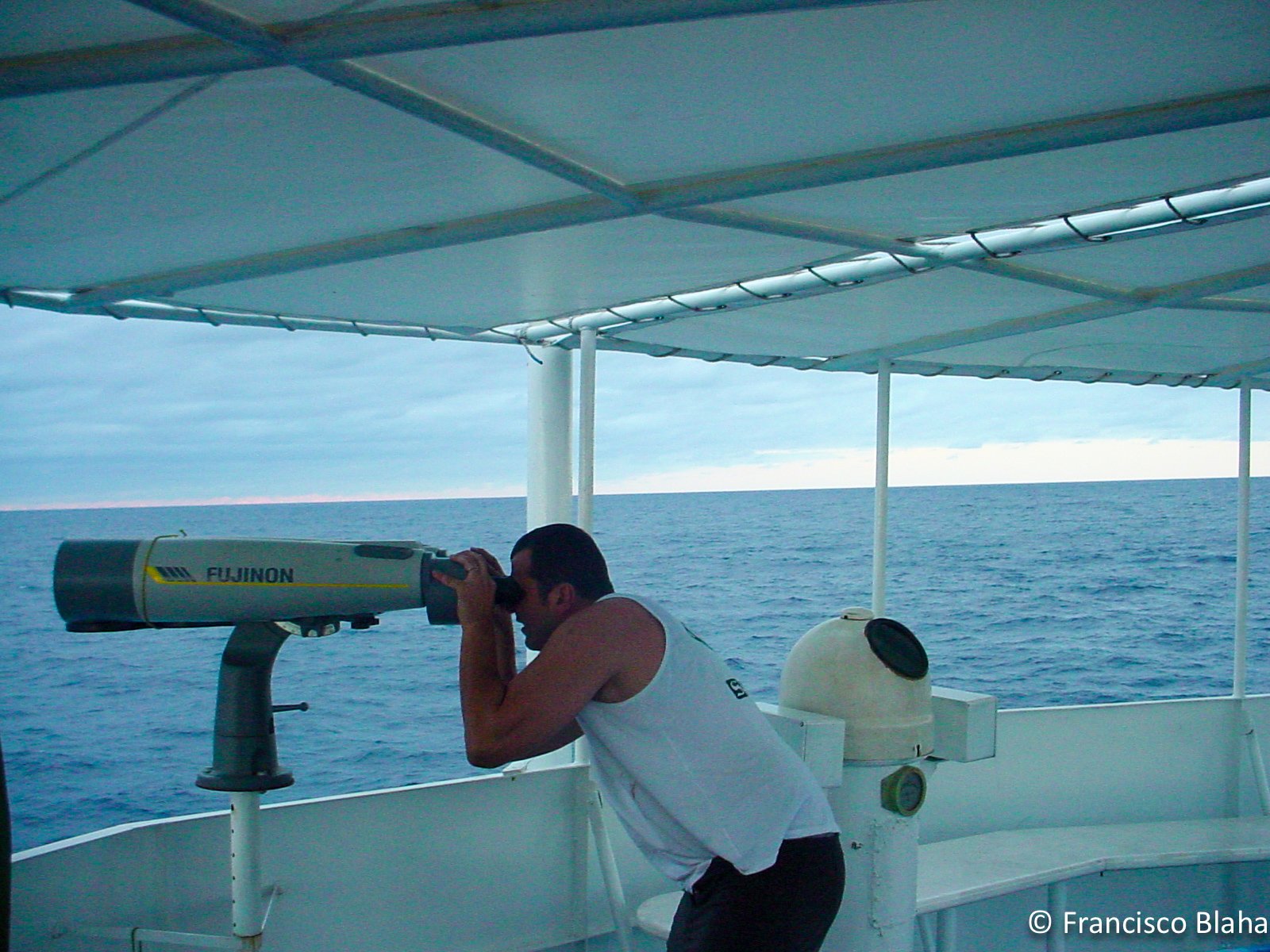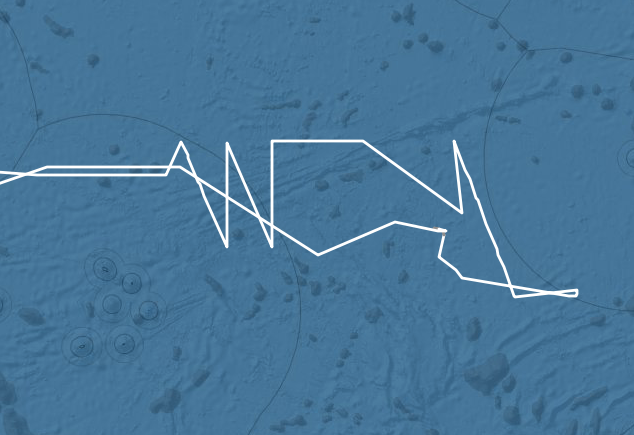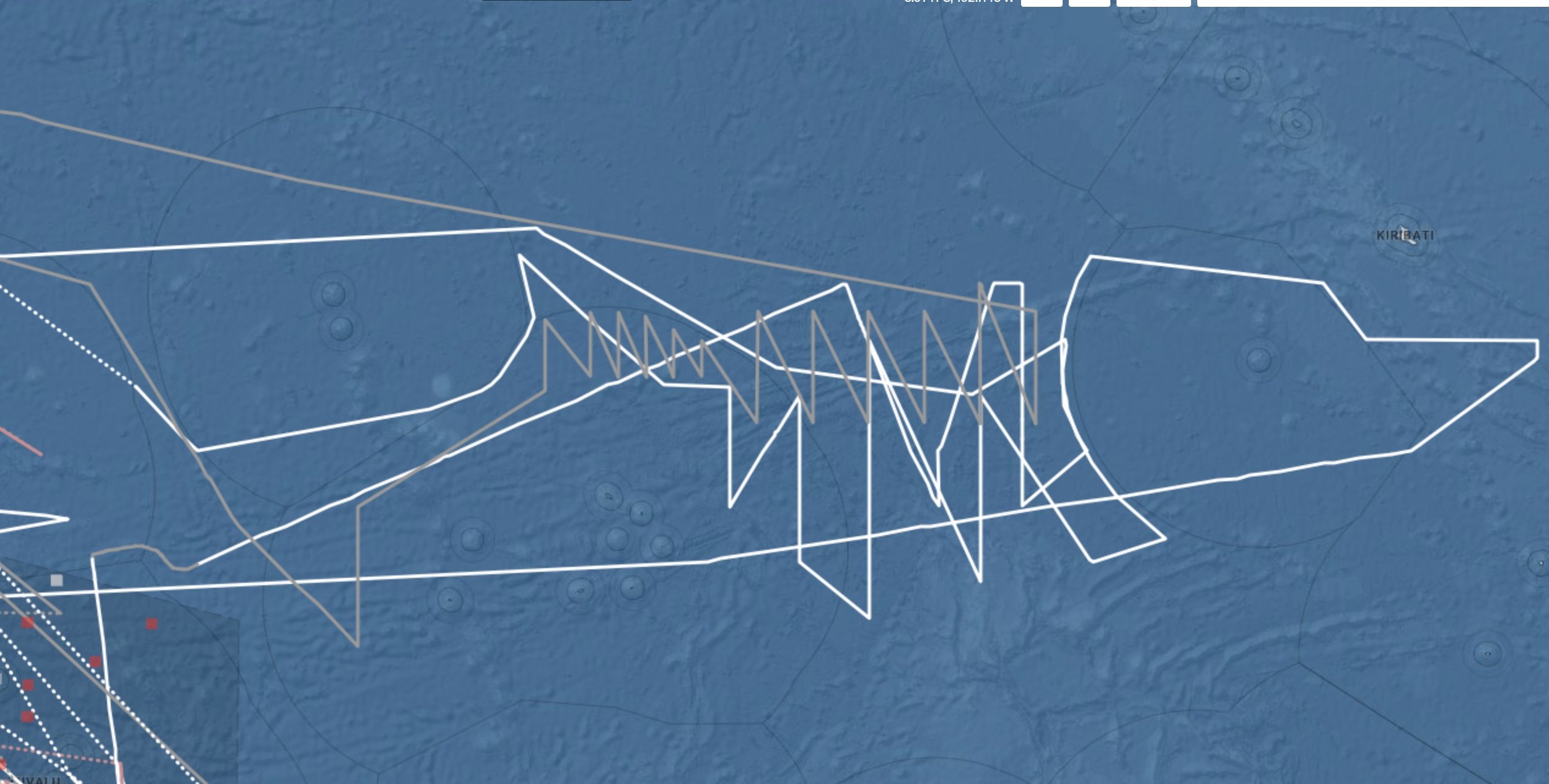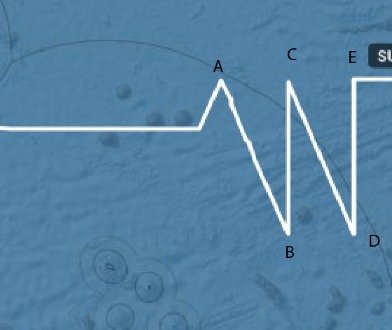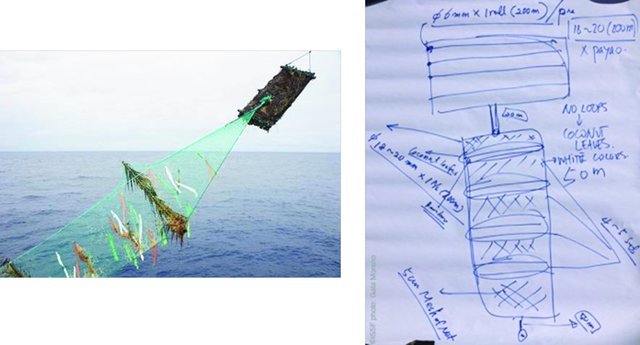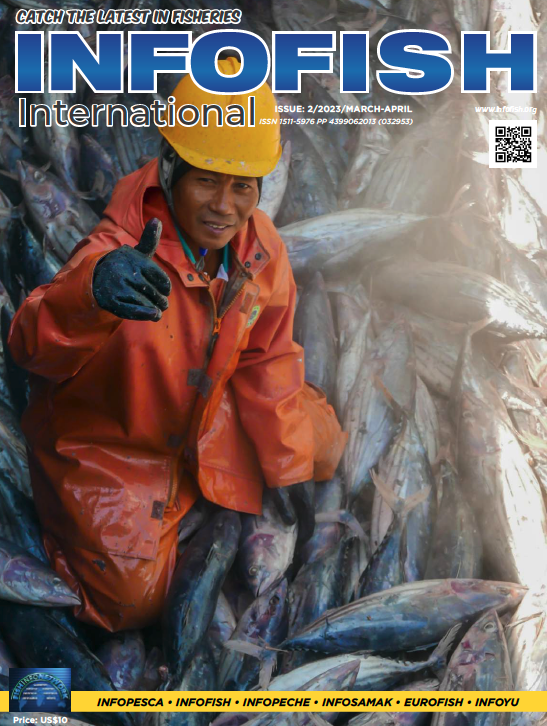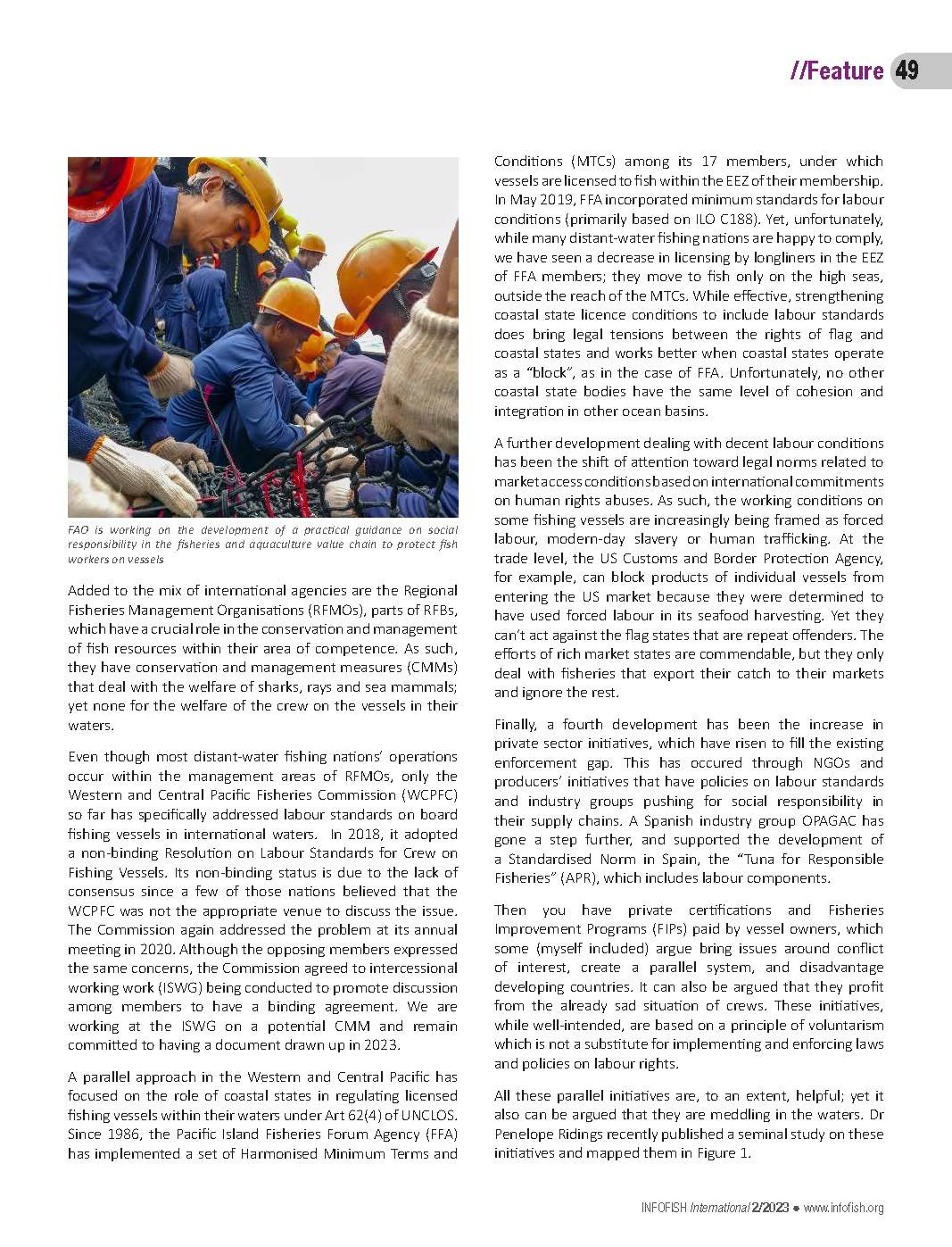Back in 2017 when we wrote with Gilles Hosch the FAO "green book", Seafood traceability for fisheries compliance – Country-level support for catch documentation schemes, I realised that was a “legal tension” between the rights and obligations when it came to certifying the legality of catches in between flag states and coastal states where the harvest took place.
The legalese in between words like “primary responsibility” on the flag state side, the “rights” of coastal states, did evade me at the time… then when last year I got involved in the Rhodes Academy of Ocean Law Policy, some very smart legal minds I got to meat over, a lot of those questions got echoed, and while sometimes not totally answered at least context makes them clearer, and I explored some aspects here.
Yet only now I got this 2018 paper by my colleague Camille Goodman, surely a precursor to her book on the Coastal State Jurisdiction over Living Resources in the Exclusive Economic Zone, which I highly recommend
As usual, her work is excellent…. Please read the original, in the meantime, I quote the abstract and conclusions.
Abstract
Given the ambiguous, open-ended and highly qualified nature of the legal framework governing the coastal State’s regulation of living resources in the exclusive economic zone (EEZ), there is an important role for international courts and tribunals in reviewing the innovations and interpretations offered by coastal States, and clarifying the meaning of relevant provisions. In light of the significant body of jurisprudence that is now available in this area, this article seeks to provide some practical guidance regarding the nature and extent of coastal State jurisdiction over living resources in the EEZ, by reference to the approaches taken by international courts and tribunals.
Conclusion
From the Truman Proclamation to the establishment of straight baselines and extended fishery zones, unilateral assertions of jurisdiction have played a decisive role in changing and developing the law of the sea. However, the establishment of new or innovative precedents within the laboriously negotiated and widely ratified framework of the LOSC is likely to present significant challenges, and ‘unsuccessful unilateralism is far more likely today to result not merely in protest, but in litigation, and probable defeat’. Accordingly, it is important for coastal States to develop a clear understanding of the rights, obligations and prohibitions that apply under the LOSC, in order to find effective and workable solutions to the contemporary challenges of fisheries governance within the limits of existing law. Given the role of the dispute settlement system in ensuring the uniform application and interpretation of the LOSC, the growing body of jurisprudence from international courts and tribunals contains much useful guidance for coastal States to consider in this regard. At the same time, it is also important to reflect on the broader, combined effect of this jurisprudence, and to ask whether international courts and tribunals are fulfilling their role in striking the balance required to effectively maintain the compromise embedded in the regime for the EEZ.
In this regard, the key recurring theme in the jurisprudence is the concept of reasonableness in all its forms: reasonableness in the rule of due regard, and what coastal States must do; reasonableness in the margin of appreciation and what coastal States may do; and reasonableness in terms of the enforcement measures that are necessary to ensure compliance with the coastal State’s laws, and what coastal States may not do. However, the approach to – and the application of – ‘reasonableness’ is different in each of these situations. In particular, international courts and tribunals are likely to take a more generous approach to assessing the reasonableness of prescriptive exercises of jurisdiction by the coastal State, and a narrower, more textual approach to the reasonableness of enforcement jurisdiction. Appropriately enough, this approach finds its basis in the way that the balance between coastal State rights and flag State obligations in the EEZ is struck in the LOSC itself. The sui generis legal frame- work that is established in the LOSC for the EEZ implicitly gives the predominant role in enforcement to the flag State, by placing limits on the enforcement rights of the coastal State. However, this must not be interpreted so strictly as to reduce the enforcement jurisdiction that has been assigned to the coastal State under the LOSC; to do so would undermine the coastal State’s prescriptive jurisdiction, and reduce the effectiveness of the careful compromise that is embodied in the EEZ concept.
Ideally, the interpretation of the EEZ regime would take into account the overall scheme of the LOSC and consider not only the rights but the obligations of the coastal State with respect to the living resources of the EEZ, and the nature and extent of regulatory powers that might be needed to give effect to those obligations. It is thus encouraging that recent decisions and opinions of international courts and tribunals show some evidence of a departure from the traditional sectoral approach toward a more integrated understanding of the LOSC, such as the interpretation of flag State obligations so as to include responsibility with respect to activities of their fishing vessels in the EEZ of a coastal State, and the recognition of due diligence obligations for all States to protect and preserve the marine environment in all maritime zones. Perhaps such increased recognition of the obligations that are embedded in the LOSC will assist courts and tribunals to take a more integrated approach to the interpretation of the rights to which they correlate, as they continue to pursue the crucial task of providing consistent interpretation and application of the legal framework for circumstances where the only certainty is constant change.










